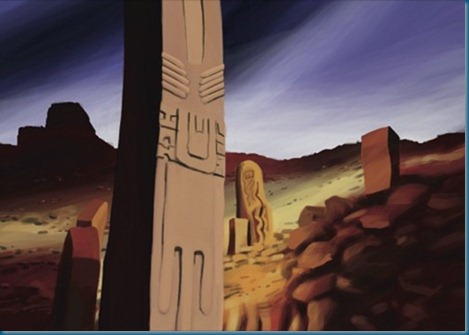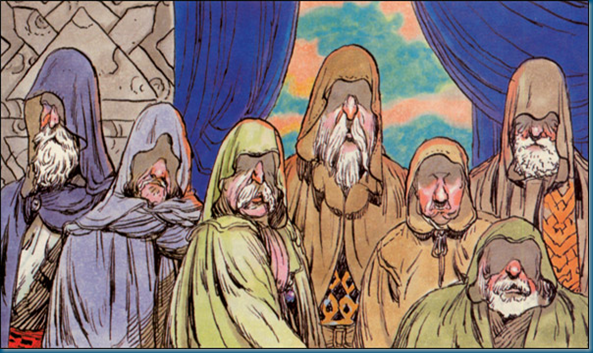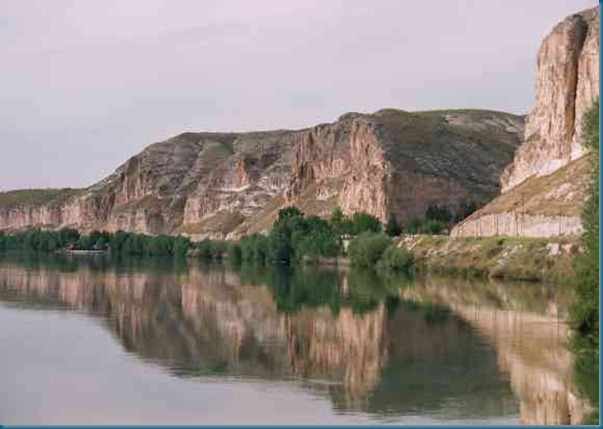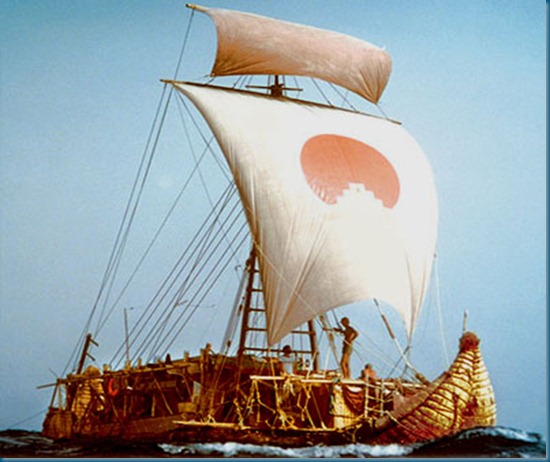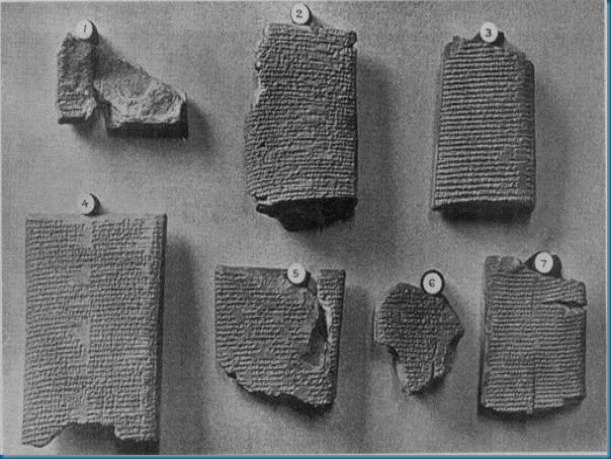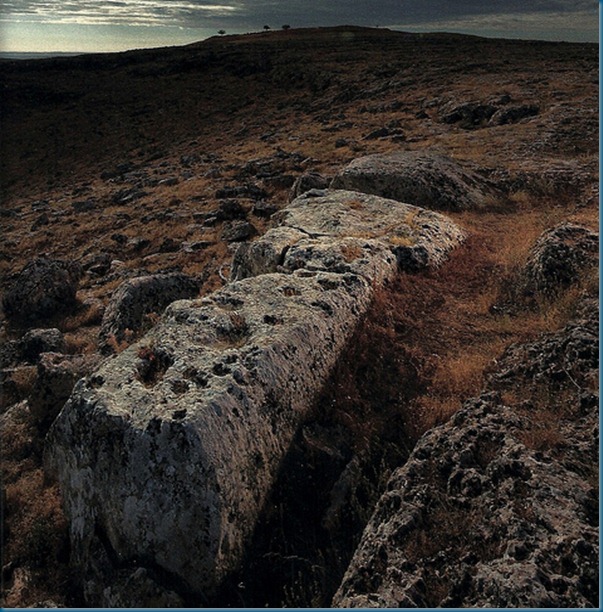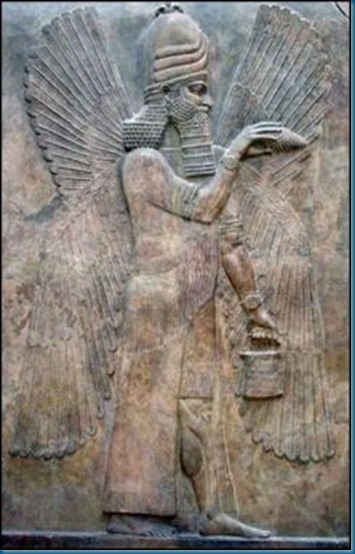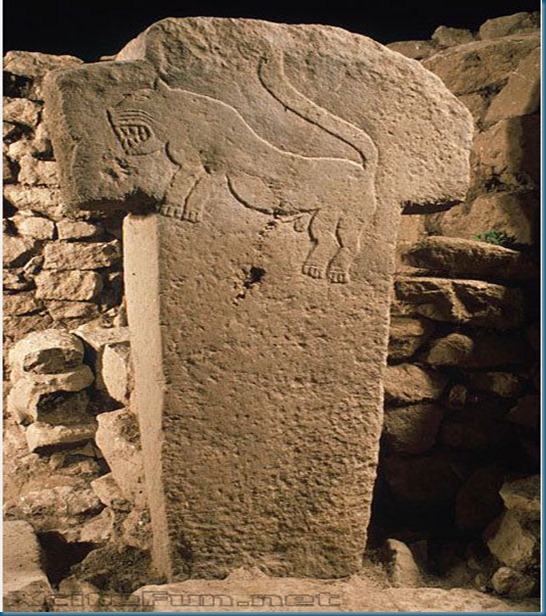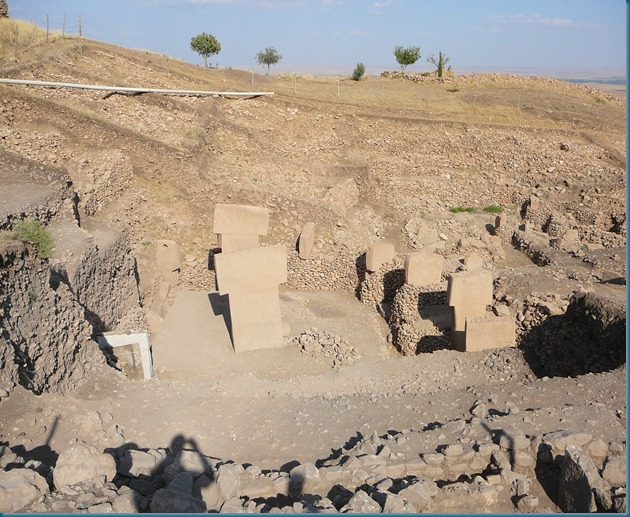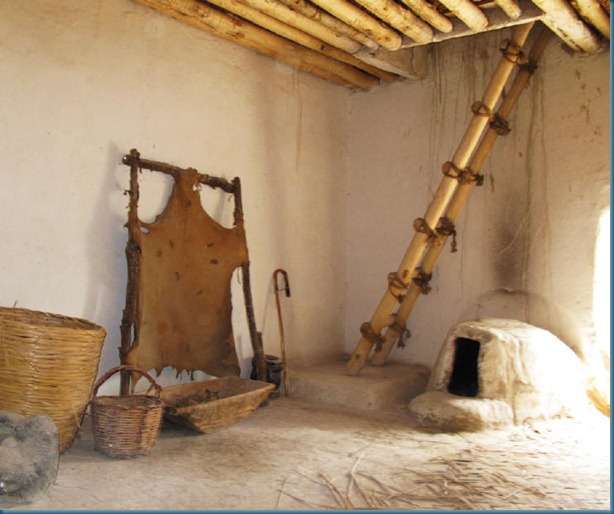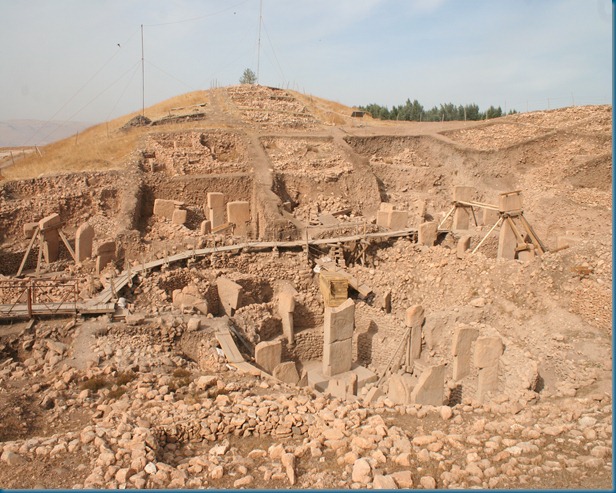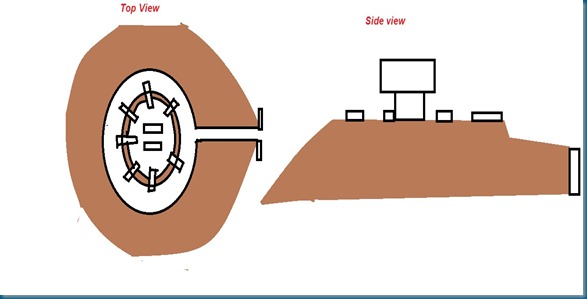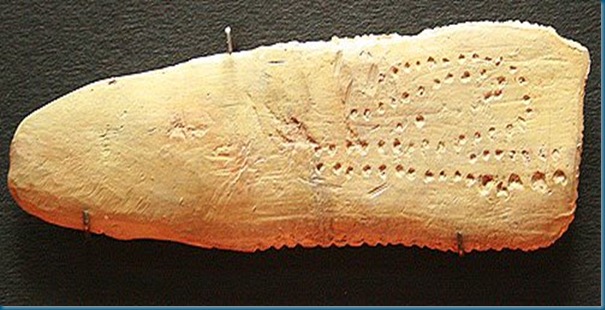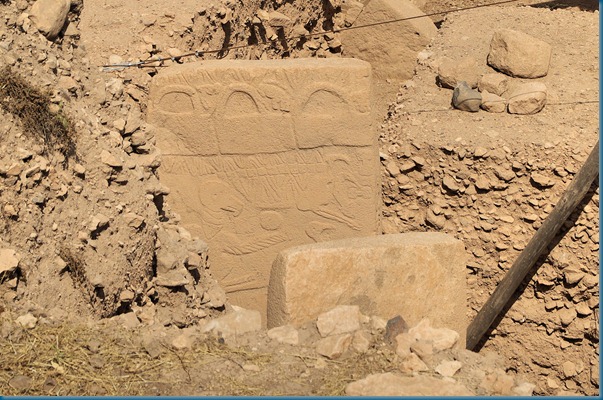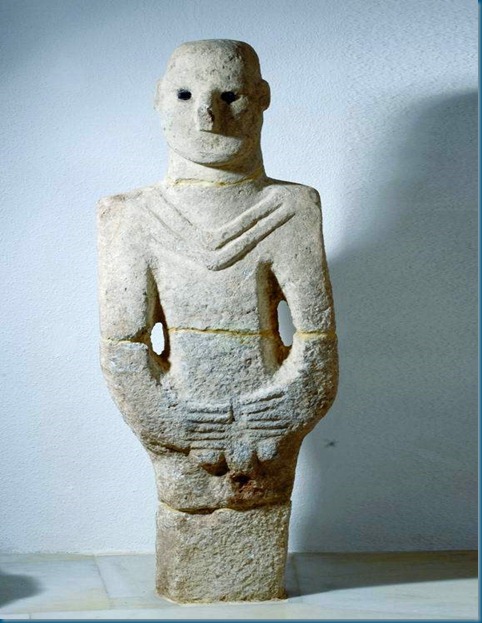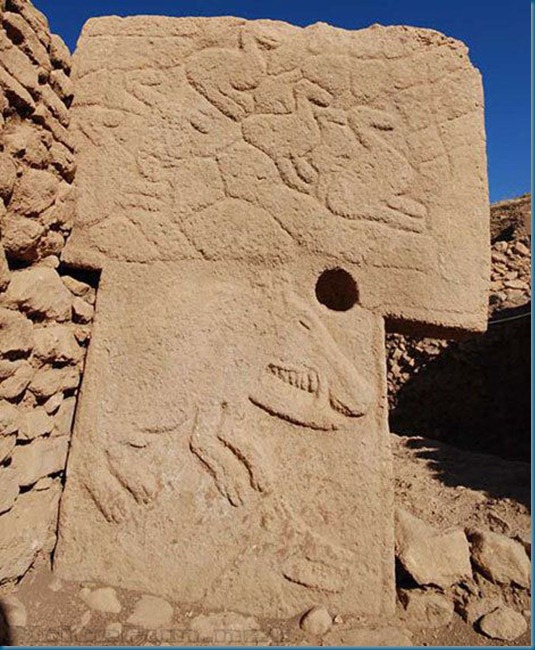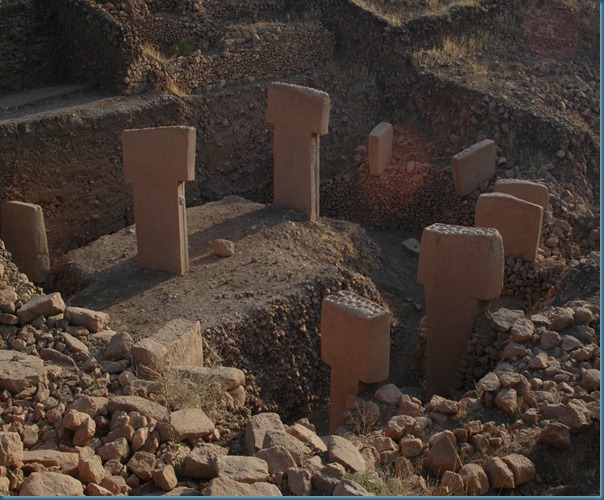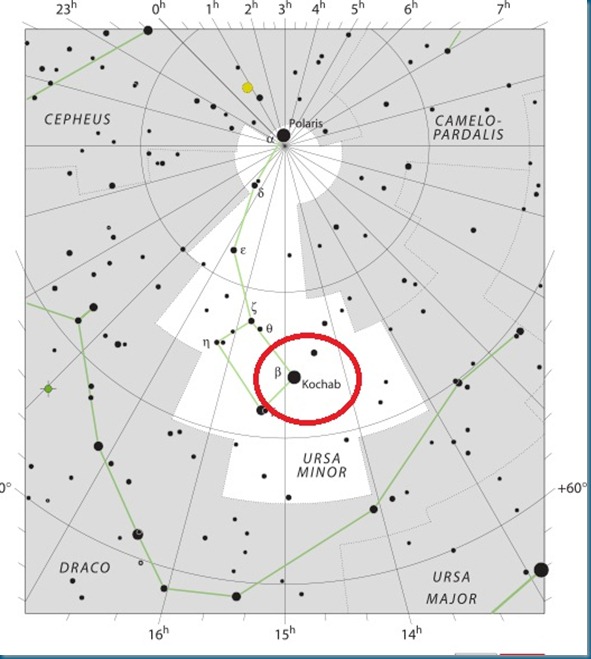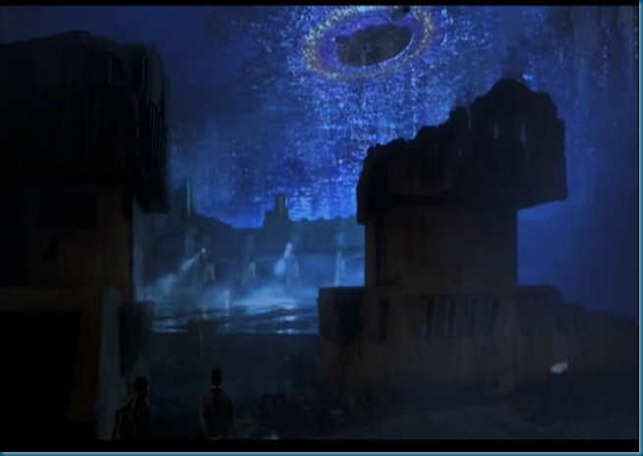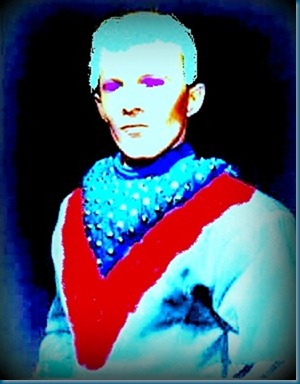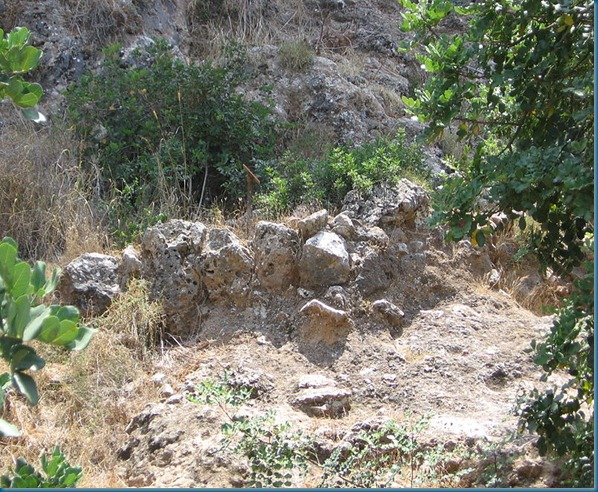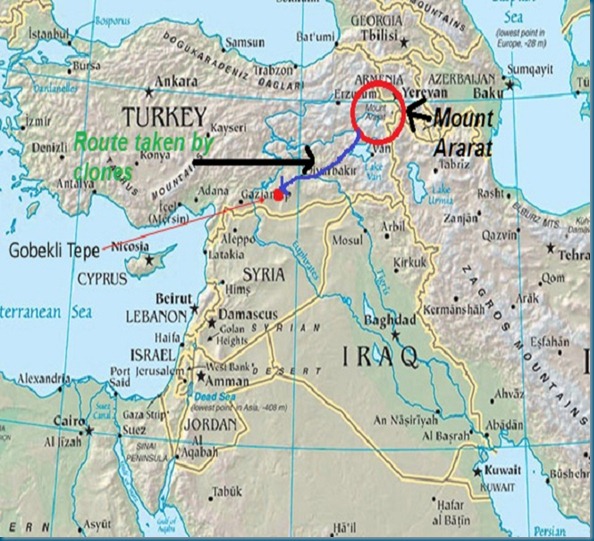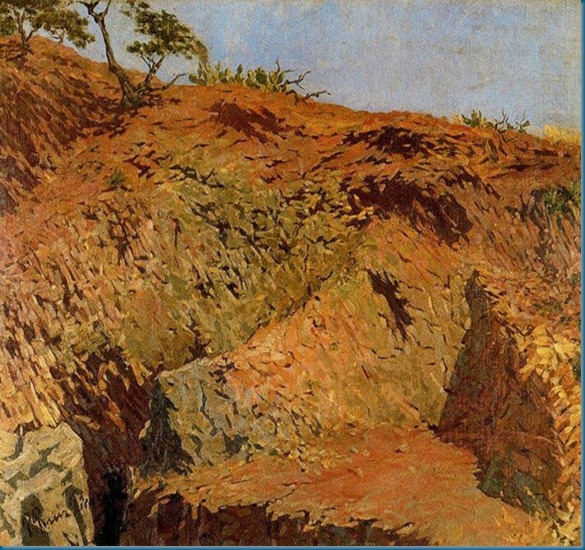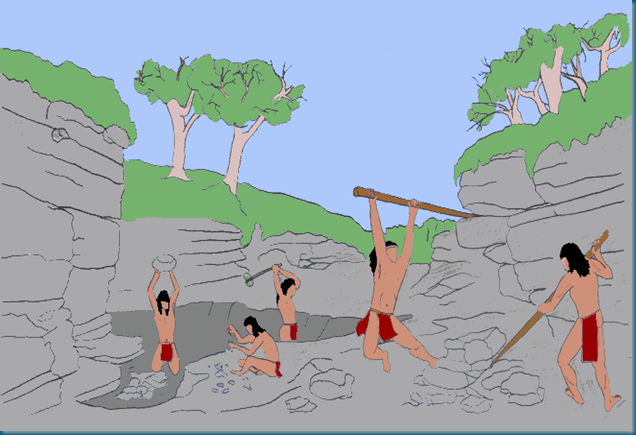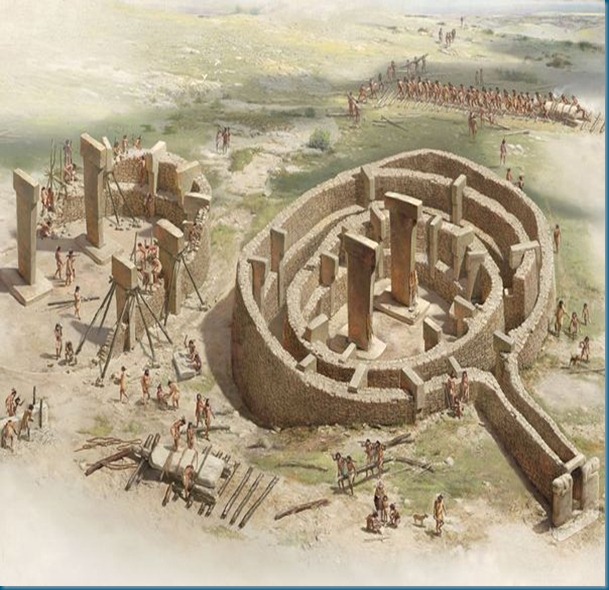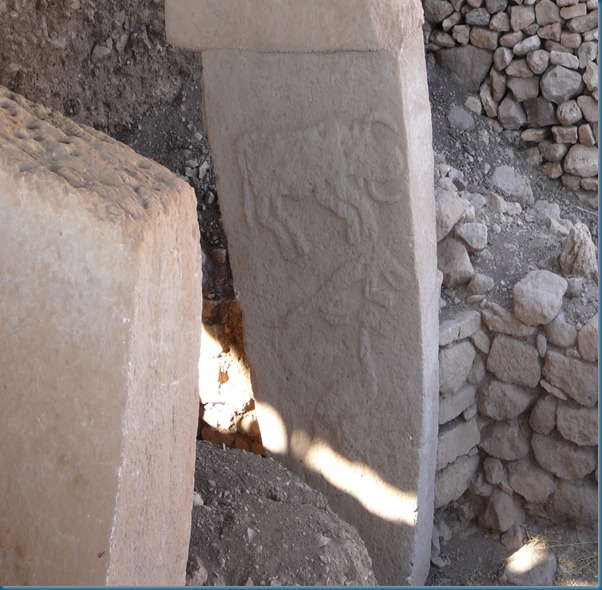The Upper Paleolithic ( and also in some contexts Late Stone Age) is the third and last subdivision of the Paleolithic or Old Stone Age as it is understood in Europe, Africa and Asia. Very broadly it dates to between 40,000 and 10,000 years ago, before the advent of agriculture
A Relevant Historical Timeline to the Story:
Upper Paleolithic:
40,000 years ago: Cro-Magnon colonization of Europe. Megalania dies out.
35 000 years ago: oldest known figurative art (Venus of Hohle Fels), age of the Aurignacian culture
31,000 years ago: oldest known cave paintings
29,000 years ago: extinction of Homo neanderthalensis.
c. 28,500 years ago: New Guinea is populated by colonists from Asia or Australia.
c. 28,000-20,000 years ago: Gravettian period in Europe. Harpoons, needles, and saws invented.
c. 26,000 years ago: Women around the world use fibers to make baby-carriers, clothes, bags, baskets, and nets.
25,000 years ago: first colonization of North America.
22,000 years ago: the oldest known tally stick (the Ishango Bone)
c. 20,000 years ago: Chatelperronian culture in France. Kebaran culture in the Levant.
c. 16,000 years ago: Wisent done in clay deep inside the cave now known as Le Tuc d'Audoubert in the French Pyrenees near what is now the border of Spain.
15,000 years ago: The woolly rhinoceros goes extinct.
c. 14,800 years ago: The Humid Period begins in North Africa. The region that would later become the Sahara is wet and fertile, and the Aquifers are full.
12,000 years ago (10,000 BC): Land ice leaves Denmark and southern Sweden; start of the current Holocene epoch.
11,000 years ago (9000 BC): Emergence of Jericho, which is now one of the oldest continuously inhabited cities in the world. Giant short-faced bears and giant ground sloths go extinct. Equidae goes extinct in North America.
10,000 years ago (8000 BC): The Quaternary extinction event, which has been ongoing since the mid-Pleistocene, concludes. Many of the ice age megafauna go extinct, including the megatherium, woolly rhinoceros, Irish elk, cave bear, cave lion, and the last of the sabre-toothed cats. The mammoth goes extinct in Eurasia and North America, but is preserved in small island populations until ~1650 BC.
Neolithic:
9,000-10,000 years ago (7-8000 BC): In northern Mesopotamia, now northern Iraq, cultivation of barley and wheat begins. At first they are used for beer, gruel, and soup, eventually for bread. In early agriculture at this time, the planting stick is used, but it is replaced by a primitive plow in subsequent centuries. Around this time, a round stone tower, now preserved to about 8.5 meters high and 8.5 meters in diameter is built in Jericho.
9,500 years ago (7500 BC): Çatal Höyük urban settlement founded in Anatolia
9,000 years ago (7000 BC): Jiahu culture began in China
7,500 years ago (5500 BC): Copper smelting in evidence in Pločnik and other locations.
Advocates of Behavioral modernity argue that the great leap forward occurred sometime between 50-40 kya in Africa or Europe. They argue that humans who lived before 50 kya were behaviorally primitive and indistinguishable from other extinct hominids such as the Neanderthals or Homo erectus. Proponents of this view base their evidence on the abundance of complex artifacts, such as artwork and bone tools of the Upper Paleolithic, that appear in the fossil record after 50 kya. They argue that such artifacts are absent from the fossil record from before 50 kya, indicating that earlier hominids lacked the cognitive skills required to produce such artifacts. Whereas Proponents of the Continuity Hypothesis hold that no single genetic or biological change is responsible for the appearance of modern behavior. They contend that modern human behavior is the result of sociocultural and sociobiological evolution occurring over hundreds of thousands of years. Continuity theorists base their assertions on evidence of aspects of modern behavior that can be seen in the Middle Stone Age (approximately 250 - 50 kya) at a number of sites in Africa and the Levant. For example, a ritual burial with grave goods at Qafzeh is Middle Stone Age (MSA) having been dated to 90 kya. The usage of pigment is noted at several MSA sites in Africa dating back more than 100 kya. The fact remains that there can be no comparison between a human being and a wild animal. They are two distinct creatures no matter how much they may look alike.
The terms "Late Stone Age" and "Upper Paleolithic" refer to the same periods. For historical reasons, "Stone Age" usually refers to the period in Africa, whereas "Upper Paleolithic" is generally used when referring to the period in Europe.
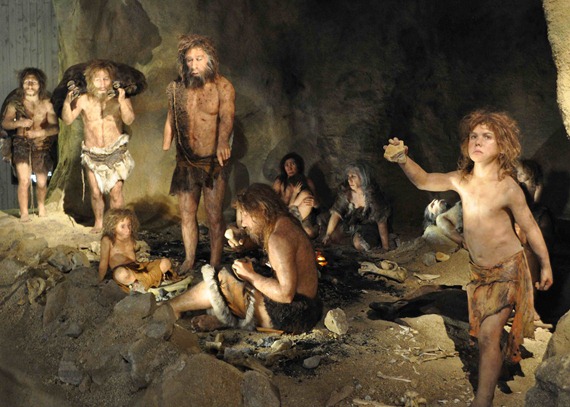
Neanderthals in cave dwelling
This shift from Middle to Upper Paleolithic is called the Upper Paleolithic Revolution. The Neanderthals continued to use Mousterian stone tool technology, but were probably extinct by about 22000 BC .
Technological advances included significant developments in flint tool manufacturing, with industries based on fine blades rather than simpler and shorter flakes. Burins and racloirs were used to work bone, antler and hides. Advanced darts and harpoons also appear in this period, along with the fish hook, the oil lamp, rope, and the eyed needle.
Some scholars have argued that the appearance of complex or abstract language made these behavior changes possible. But I believe all of them used some kind of oral communication. This could have had something to do with the development of an area language and its dialects. But it was probably very simple in nature at this time in history.
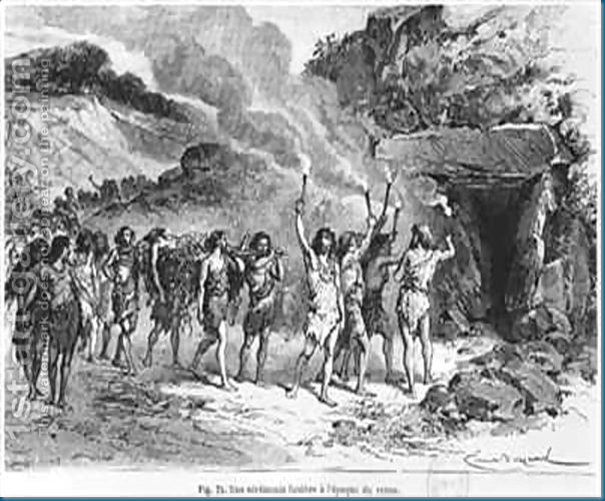
A Prehistoric Funeral
Intentional burial, particularly with grave goods may be one of the earliest detectable forms of religious practice, it may have signified a "concern for the dead that transcends daily life."
The period starting from the end of the last ice age, 15,000 years ago, to around 6,000 years ago was characterized by rising sea levels and a need to adapt to a changing environment and find new food sources. The development of (microlith) tools began in response to these changes. They were derived from the previous Paleolithic tools, hence the term Epipalaeolithic, or were intermediate between the Paleolithic and the Neolithic, hence the term Mesolithic (Middle Stone Age). The choice of a word depends on exact circumstances and the inclination of the archaeologists excavating the site. The date of the Paleolithic—Mesolithic boundary may vary by locality as much as several thousand years. Microliths were used in the manufacture of more efficient composite tools, resulting in an intensification of hunting and fishing and with increasing social activity the development of more complex settlements. Domestication of the dog as a hunting companion probably dates to this period.
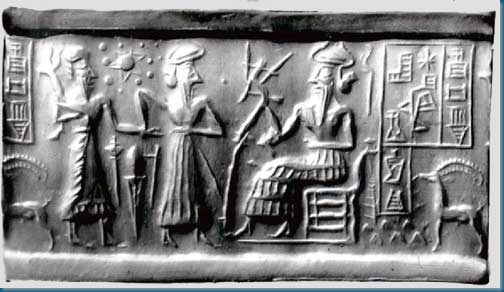
Ancient Astronaut teaching the people.
Finally the leader of the Anakim had a meeting with the others of his type and suggested they teach these humans how to build a village using stones. But they would first have to find a suitable location and a quarry for the stones. They began to talk to the humans and making drawings showed them what they had in mind. Of course this was a completely new thing to humans who had lived in encampments near water or in a cave. So the Anakim taught them how it ought to be done and the search began.
